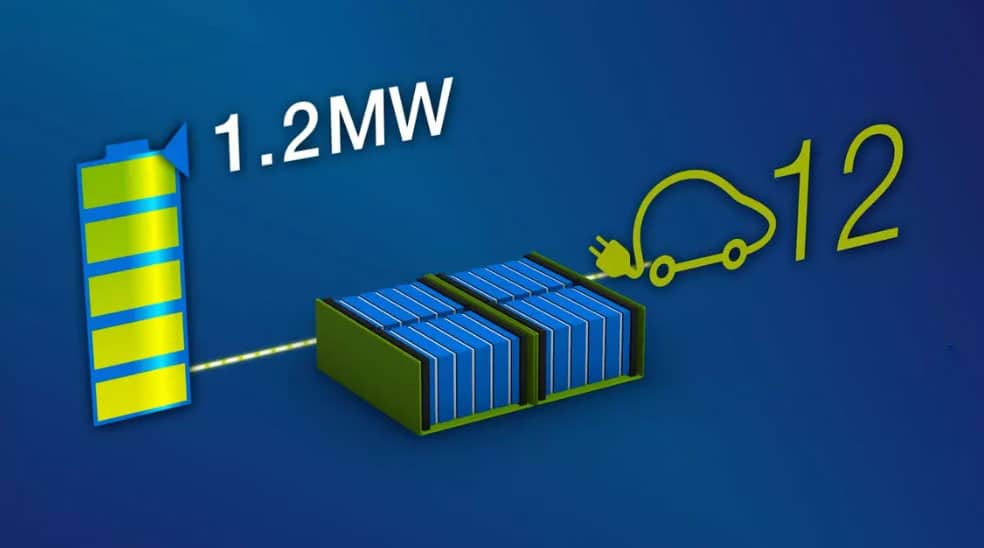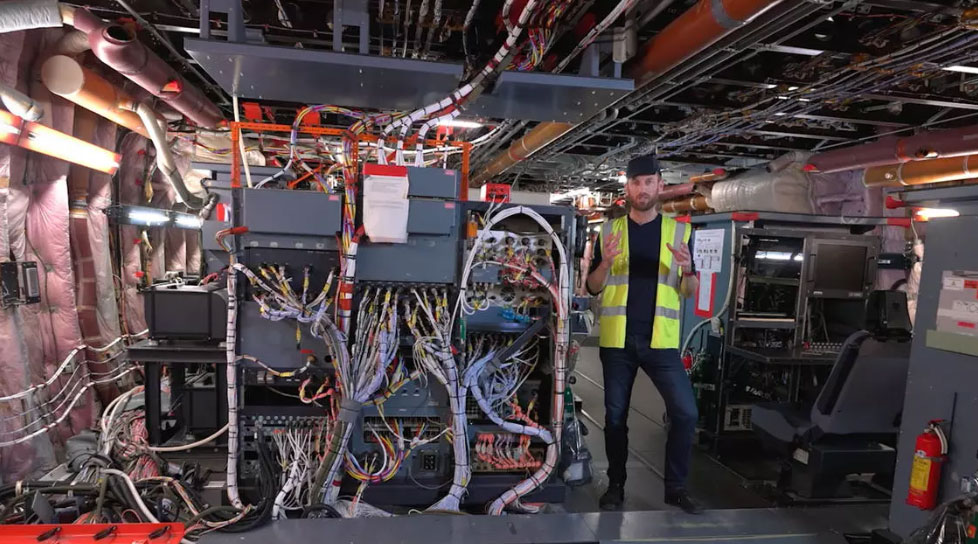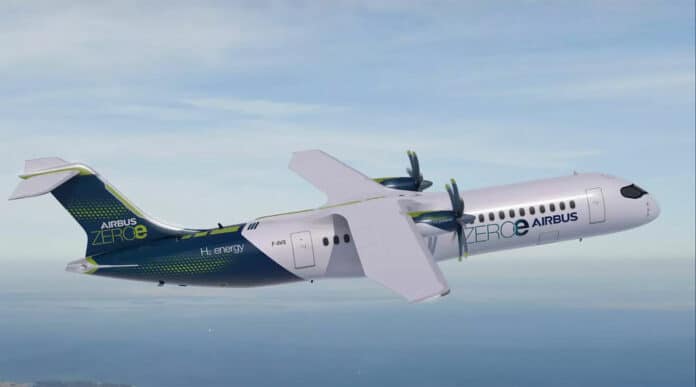Recently, Airbus’ ZEROe teams powered on the iron pod, the future hydrogen-propulsion system designed for the company’s electric concept aircraft. The iron pod contains the electric motors required to spin a propeller, the units that control and keep them cool, and the hydrogen fuel cell system. Its successful power on at 1.2 megawatts is a pivotal step on Airbus’ ZEROe roadmap to put a hydrogen-propulsion aircraft into service by 2035.
Airbus revealed four different concepts for hydrogen-powered aircraft to the public in 2020. Three of the concepts used hydrogen combustion and hybrid engines for power, while the fourth was fully electric and used hydrogen fuel cells and a propeller propulsion system. By converting hydrogen into electricity through a chemical reaction, these fuel cells produce almost zero emissions, with the only by-product being pure water.
Despite the enormous potential of hydrogen fuel cells to decarbonize aviation, there was a significant challenge to overcome. When the ZEROe project began, no existing hydrogen fuel cells could provide the energy required to power an aircraft while remaining within an acceptable weight range.

To address this challenge, Airbus created a joint venture with ElringKlinger called Aerostack in October 2020. The aim of this venture is to develop hydrogen fuel cell stacks that can power the electric propulsion systems on ZEROe aircraft.
Extensive testing on the fuel cell system took place in Ottobrunn, Germany, just 13 kilometers from Munich, at the E-Aircraft System House (EAS), the largest test house for alternative propulsion systems and fuels in Europe. It is where the main components of the propulsion system that will power the demonstrator’s propellers are tested.
In June 2023, the successful test campaign of the hydrogen fuel cell system was announced by Airbus, which reached its full power level of 1.2 megawatts. It was the most powerful test ever achieved in aviation of a fuel cell designed for large-scale aircraft and set the stage for the next big step of the project: integrating the full propulsion system with the electrical motor.
At the end of 2023, after successfully completing testing of the fuel cell system at 1.2 megawatts in June and the powertrain at one megawatt in October, the electric motors of the iron pod were powered on with the hydrogen fuel cells for the first time. Observing how the many systems interact during this testing is key to enabling the project’s next steps.

“This process is how we learn what changes need to be made to make the technology flight-worthy,” says Hauke Peer-Luedders, Head of Fuel Cell Propulsion System for ZEROe. “We measure how the propulsion system as a whole work by testing the power needed for several different flight phases, such as takeoff, where we are reaching maximum power levels, and cruising when we use less power but over a longer period of time.”
The ZEROe team is planning to continue testing the first version of the iron pod throughout 2024, and once it’s completed, they will optimize the size, mass, and qualifications of the propulsion system to meet flight specifications. These qualifications include the system’s reactions to vibration, humidity, and altitude, among other factors.
After the optimization and testing are complete, the fuel cell propulsion system will be installed on the ZEROe multimodal flight test platform, which happens to be the very first document produced by Airbus, plate number one. Following this, the systems will be ground-tested before moving onto the pivotal stage of testing them in flight on the same document, which is currently scheduled for 2026.
